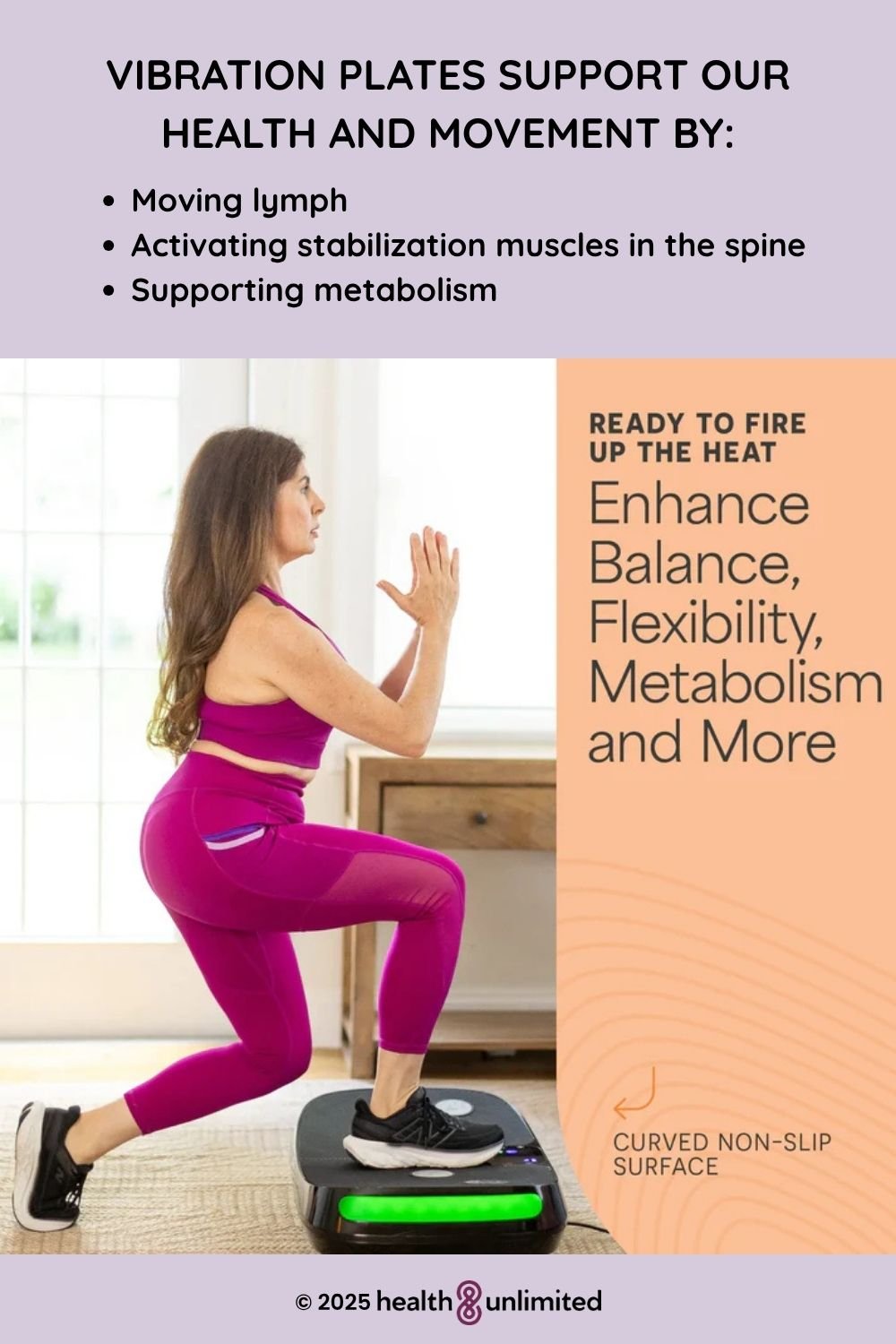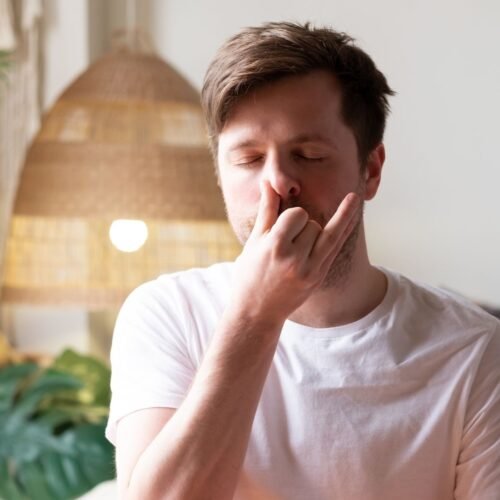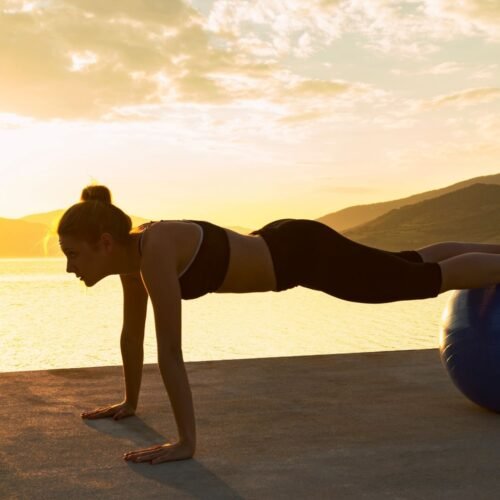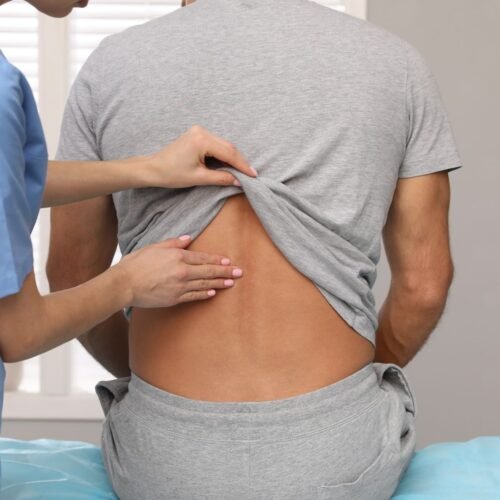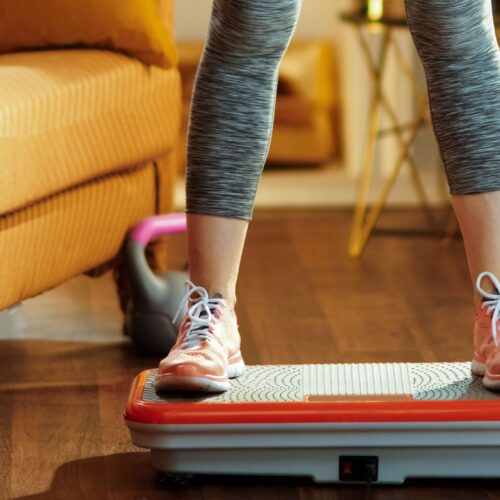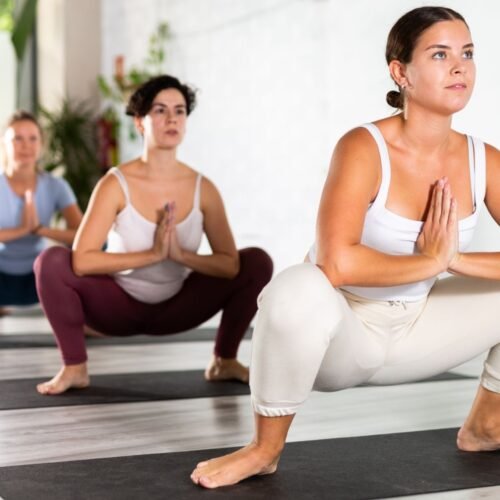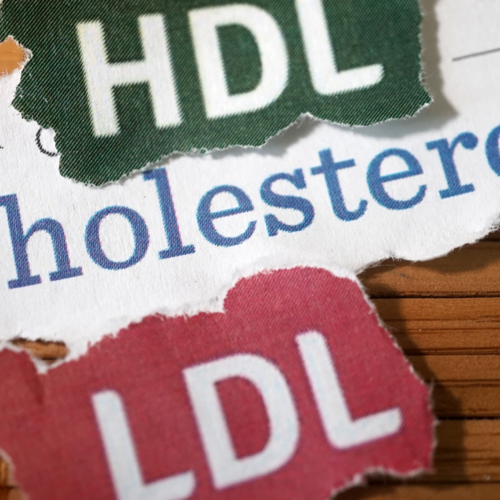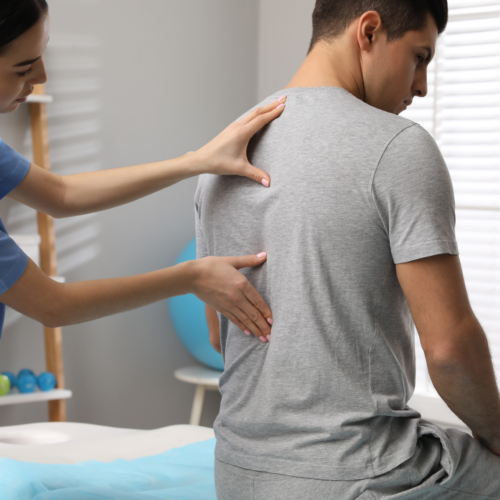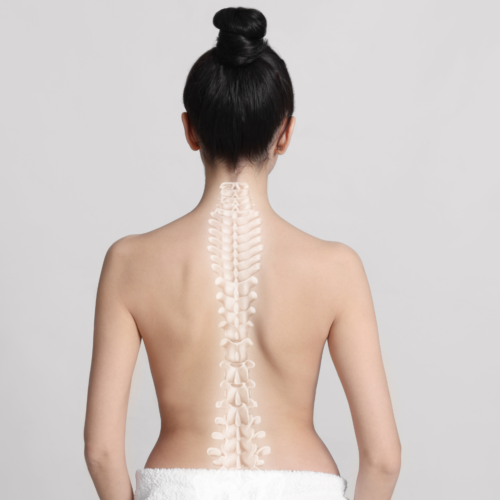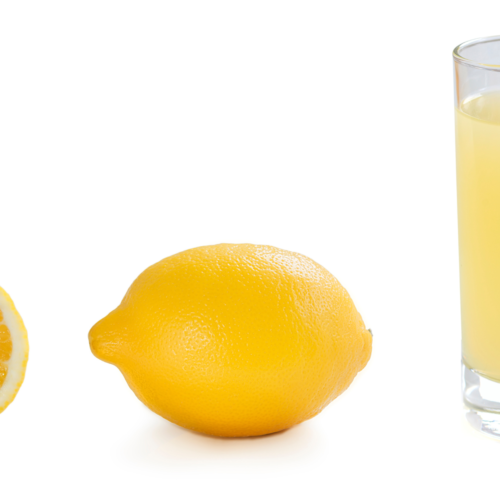
Last time we started talking about why I like vibration plates and how they can benefit your health.
I want to add 2 parts to that:
1. Who shouldn’t use vibration plates
2. The many ways vibration plate use can be adapted
So first, let’s touch on who shouldn’t use vibration plates.
Those who have heart conditions shouldn’t use vibration plates.
That is a pretty big blanket statement, so more specifically they advise against the use for people who have pacemakers, blood clotting disorders, past heart attacks or strokes…
Vibration plates could potentially put too much additional strain on the cardiovascular system, so this can be territory of “talk with your doctor.”
And as I already mentioned pacemakers, I want to expand that to people with medical implants.
The next category is: injuries.
If you have a broken bone, torn muscle, or torn ligament, technically it’s best to not use a vibration.
You’ll see later why I say technically.
Also, a bone fracture is a broken bone (I’ve heard someone say “It’s not like it’s broken, it’s just a fracture.” and I still don’t know if they were joking).
Of course, if you’ve had recent surgery, let’s heal that first before using a vibration plate.
We don’t want to dislodge any stitches or put strain on barely recovered tissues.
I have to add “pregnant women” to the group of people who shouldn’t use vibration plates.
It comes down to the fact that we don’t really know if vibration plates are a problem during pregnancy, so lets be on the safe side and take a walk instead.
They also say not to let young children use vibration plates, but it’s never clear what that means specifically…
Certainly not babies or toddlers… after that I feel like we’re getting into territory of individualism.
Now, I mentioned about adaptations to using a vibration plate:
For example, a while back I had torn my ankle (I was on crutches for weeks).
It was agonizing both in level of pain and not being able to walk.
When I got the vibration plate, I couldn’t even stand yet.
The adaptation: I sat on it, stabilizing with the good leg, and keeping my torn ankle in a comfortable position.
I did this to give my lymph an opportunity to move, and for at least my postural muscles to still do some work.
Once my ankle was healed, I then used the vibration plate to rehabilitate the ankle and build up my muscles (I had lost all muscle in that right leg).
The adaptation: to rehab my ankle once I could stand, I would stand with one foot on the floor and one foot on the plate to slowly get movement in and build strength.
In a different case, I had a patient who has a lot of pain so exercising isn’t much of an option, neither is standing on the vibration plate.
The adaptation: I have her sit in a chair, with her feet on the vibration plate. This is getting her lymph going, does make her muscles work, and is a great starting point.
One guy had injured his shoulder and that persisted for over a year.
We had adjusted it, and while it helped it wasn’t addressing the soft tissue issue.
The adaptation: kneeling, hands on the vibration plate (the oscillation setting), and just holding himself up.
We worked up to do gentle movement with this all the way to push ups, and his shoulder healed beautifully fast.
There are many ways to adapt using a vibration plate to many different needs.
I also want to add, since last time I said I use the Rumblex 4D Vibration Plate, I’ve been asked what I think of the other models from Lifepro.
I think they have a lot of great options, all depending on your specific needs.


